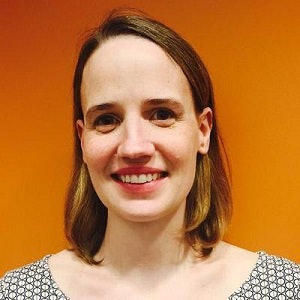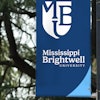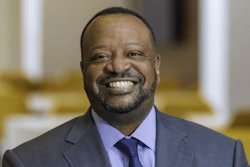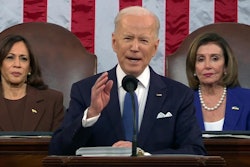Confusing wording on financial aid documents, not enough access to school counselors along with the limited knowledge of the counselors they can access, are just some of the barriers facing low-income and first-generation students needing critical information about college financing options, according to a new report.
The National Association for College Admission Counseling (NACAC) report, “Barriers to Successfully Financing a College Education-And How to Help Overcome Them,” highlights areas that negatively impact all high school students’ ability to get all the needed facts about paying for higher education.
 Melissa Clinedinst
Melissa ClinedinstSome college career professionals and school counselors do not know enough about financial aid to offer the best advice to students, according to supported by PriceWaterhouseCooper’s (PwC) Access Your Potential commitment.
According to the report, about 68 percent of school counselors feel they are well-versed in the Free Application for Federal Student Aid (FAFSA) – the first and most fundamental step in the college aid process. Just 38 percent of early-career college admissions professionals feel they are well-versed in FAFSA.
The study highlights data related to early career professionals because they are the ones who have the most interaction with students.
It is these professionals who travel to high schools and who speak with students who visit college campuses, said Heather Durosko, the assistant director of strategic initiatives, educational content and policy for the NACAC.
“It has to do with how school counselors are educated before they are hired by the schools,” said Melissa Clinedinst, associate director of research for the NACAC.
School counseling graduate programs in general don’t spend much time on FAFSA, said Durosko and Clinedinst who both worked on the report.
“It’s really a learn-on-the-job thing,” Clinedinst said.
Additional financial aid training for counselors at their respective schools could help, researchers said. Student counselors working at schools who do provide training said they feel more knowledgeable.
The report cites other studies, focus groups and answers given in three surveys of 1,791 secondary school counselors and 624 admissions counselors in 2017.
Ultimately, it is the students who would benefit most from access to knowledgeable school counselors. Those who meet with counselors are seven times more likely to complete a FAFSA and three times more likely to attend college, according to the report.
But about 44 percent of juniors didn’t know what a FAFSA was, according to the report.
More than half of school counselors said financial aid information usually isn’t provided until students reach their junior year of high school, according to the report.
“Tackling those misperceptions as early and often as possible would help ensure students aren’t ruling out college as an option because they don’t think it’s a possibility for them,” Durosko said.
She said that financial aid documents can be confusing, especially for potential first-generation college students, adding that financial aid award letters can be misinterpreted and families can end up borrowing more than what is necessary to pay for college.
“These letters can differ significantly by the institution and in some instances may report financial aid in a way that does not clearly identify and distinguish between grant aid, tuition discounts and loans,” Durosko said.
Some colleges list student loan amounts alongside the free money a student is eligible to receive, Durosko added.
“This makes it more difficult for students to compare financial aid offers from different institutions and make informed enrollment decisions.”
Families often mistakenly think that financial aid is all money the student doesn’t have to pay back, when in reality, a portion of it is from loans that have to be repaid with interest, she said.
“They are not simple topics for anyone who doesn’t have a background in financial literacy,” Clinedinst said.
There is also some misinformation among students about the cost of an education at a public institution. The report cites a study that found high school juniors overestimated the costs of tuition at in-state public schools.
The “Access Your Potential” commitment by PwC supported the study and is designed to help close the opportunity gap by teaching underserved students tech and money skills to equip them for a successful future.
The National Association for College Admission Counseling has 16,000 members internationally who serve students making choices about their post-secondary education.
Jamie Rogers can be reached at [email protected]. You can follow her on Twitter @JamieJournals.


















